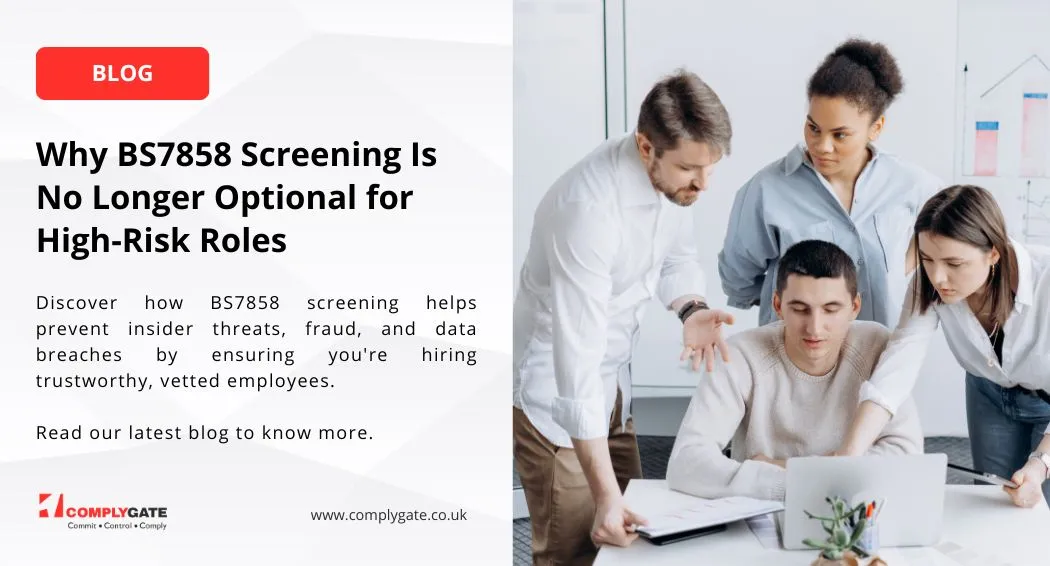Why has the Government postponed the physical right to work checks?
Why has the recruitment industry been lobbying the government to postpone the physical right to work checks?
For traditional recruiters to contract agencies, managed service providers (MSPs), and recruitment process outsourcers (RPOs) 2020 has been one of the most troublesome year since the financial crisis. The UK recruitment industry has been growing around 6% everywhere since the 2008 financial crisis. COVID-19 is not the only reason, there has been other factors at play like introduction of IR35 and BREXIT.
Following the introduction of the UK lock-down on 23 March 2020, business models changed overnight. Expect healthcare and technology sectors, all other sectors suffered from client shut downs. The impact of COVID-19 upon the recruitment industry has been serious, affecting entire operations from financial planning, cashflow management to how we work and use technology.
Undoubtedly more businesses in the recruitment industry will fail and there will be an opportunity for consolidation. With staff working from home for over a year, major recruitment agencies are not going to welcome jobseekers at many of their branches anymore. The business model has changed and been optimised.
The Home Office on 20 April 2021 announced that adjusted 'Right to work Check' will end on 16 May 2021 and from 17 May 2021 employers will be required to perform the checks in person. Following the announcement there was a panic in the recruitment industry as they are not prepared for this.



Last week, on 12 May 2021, UK Home Office announced that the temporary COVID-19 adjusted right to work checks will now end on 20 June 2021. A month extension has been granted following the rigorous lobbying from APSCo and REC. A big relief for the recruitment industry. We hope this time is used to plan, strategise and prepare, as an another extension is highly unlikely and the share code service for the ‘Online Right to work checks’ is very limited.
In past Industries like hospitality, construction and care homes have been penalised by the home office many times due to the major non-compliance. With various branch closures most of the recruitment industry is concerned about being fined/prosecuted from the Home Office due to non-compliance.
How can Complygate help?
Complygate Human-In-The-Loop ‘Right To Work Check’ has been carefully designed from the recruitment industry. Complygate specializes in ID, Identity and Document Verification. We have the technology and people.
We continue to have dialogue with leaders across the recruitment industry and would be happy to discuss individual circumstances and requirements whether they be a tailored assessment of your future business viability and demand, or assistance with future compliance requirements.











